Today we review the $199 USD Audirect Beam 3 Plus portable DAC & AMP dongle with Bluetooth.
Disclaimer: ShenzhenAudio sent us the Beam 3 Plus for this review, free of charge. I only covered the customs fees & taxes. All thoughts and experiences with the product are naturally my own.
Audirect
Audirect – Hilidac official website can be found here. The Hilidac brand is part of the Shenzhen Audirect company and the brand name is an acronym for “HiFi Improved Lossless Incredible DAC”
Audirect has been around for a long time and develops portable DAC and AMP devices. They also design accessories suitable for these devices. The company headquarters is located in Shenzhen, the city where the heart of technology beats in China.
Today, we are going to be taking a look at their finest portable DAC/AMP, the Beam 3 Plus. It sits on the top of the line-up and it has LDAC capability. Let’s get to the review without further ado.
Beam 3 Series
The Audirect Beam 3 series consists of 3 products at the time of writing this review. These are Beam 3S, Beam 3 Pro, and Beam 3 Plus. The Beam 3S is the most affordable option and has a price tag of 95 USD. It features a single ES9281AC PRO DAC chip and a dual OP-AMP design. It can dish out 190mW into a 32Ω load. It is a compact product and it is about as big as a AA battery.
The Beam 3 Pro, on the other hand, features 3.5mm SE HPO instead of 4.4mm Pentaconn BAL HPO. It features the same, ES9281AC PRO DAC and Dual OP-AMP configuration as the 3S. The Beam 3 Pro has a price tag of 150 USD. It can dish out 150mW into a 32Ω load. It has a similar form factor compared to the 3S.
The Audirect Beam 3 Plus, the device we are looking at today, comes with Bluetooth connectivity on top of everything you read above. It is the most expensive offering from Audirect right now and comes with a price tag of 199 USD. It has both the 4.4mm BAL output and the 3.5mm SE output. It utilizes the same, ES9281AC PRO DAC chip from ESS Technology and features a dual op-amp design. Design-wise it is not as small as the previous two but it’s not a large device either. It can dish out 230mW into a 32Ω load. Now that you have an idea about the Beam line-up, let’s take a much closer look at the Beam 3 Plus, together.
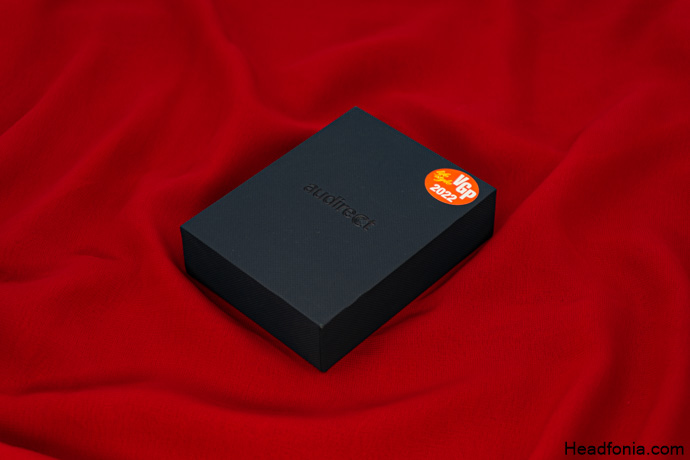
Audirect Beam 3 Plus Highlights
- ESS Technology ES9281AC PRO DAC with MQA
- Dual OP-AMPs
- PCM decoding up to 32-Bit/384kHz, DSD up to DSD512
- CSR8675 Bluetooth Chip + LDAC Support
- Upgradeable Firmware
- Integrated Battery (Unknown mAh)
- Power:4mm ≧ 230mW (32Ω) | 3.5mm ≧ 122mW (32Ω)
- SNR: -118dB.
- THD+N: <0.0003%.
- Weight: 63 g

Packaging & Accessories
The Audirect Beam 3 Plus comes in a small, cardboard box. The box is simple and the company has listed specs on the backside. As for accessories, the unit comes with a braided USB-C to USB-C cable and a USB-C to USB-A adapter. The interconnect cable has no markings anywhere and features gold-plated USB-C connectors. Note that there is no protective case or clip included in the box.
Design & Build Quality
Measuring 75 x 39 x 12 millimeters, the Beam 3 Plus features a small and compact size but is bigger than both the 3S and the 3 Pro. It is also larger than the BTR5 and the MoonRiver 2. The unit is offered both in black and blue. In both variants of the product, the front and the back parts are the same red/black color therefore only the sides of the product vary. Our test unit is the blue variant and it looks good in my opinion. Audirect states that they used a glass surface on the front and the back but it does not feel like glass. The faceplate is smooth-to-touch and has some kind of coating on it. It is fairly resistant to scratches too. The sides of the device look like rough aluminum under light but they have some kind of smooth coating too. Overall, the device feels different and premium with its coated surfaces.
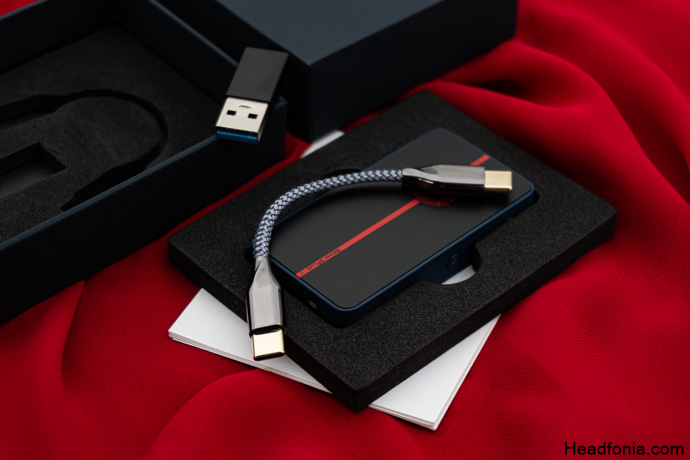
User Experience
The Beam 3 Plus has a simple layout that is easy to learn. There is a power button and a gain button on the right side of the device. On the left side, there are play/pause and volume buttons. The volume buttons also serve as playback controls. At the bottom of the device we have 3.5mm and 4.4mm HPOs positioned side by side. As we often encounter in other portable devices, only the 4.4mm Pentaconn socket is gold-plated. On the top of the device, there is a USB-C socket and a mode switch. This mode switch allows the device to switch between the USB-only mode and the wireless-only mode. Furthermore, the device has 3 gain stages and those can be swiftly changed via the gain button on the right. There are 3 status LEDs on the front faceplate that provides info about the gain setting, mode, and active sample rate.
The Beam 3 Plus has plenty of power for IEMs, capable of delivering 230 mW through its balanced output into a 32-ohm load. I do not recommend pairing it with 300-ohm Sennheiser HD600 or similar full-size headphones but it offers a good amount of power for easy-to-drive headphones such as the Hifiman Deva. If you are looking to amp your high-end headphones, I would recommend using a dedicated desktop-sized amplifier instead. Using the DAC AMP dongle with my Android 12 was easy. The phone utilized the DAC as soon as I plugged it in and I had no noise/jitter/rfi issues while using 4.5G on my phone. On top of that, I did not notice a huge battery drain while using the device via USB.
Compared to other products on the market, Beam 3 Plus has an integrated battery inside, which allows the device to be used wirelessly. As soon as you switch the device to wireless mode via the mode switch on the top of the device, the device gets ready to pair with your phone. If your phone or the device you’ll pair with the DAC has LDAC support, it’ll be automatically activated. My phone, Xiaomi F2 Pro, which runs Android 12 utilized the LDAC codec as soon as the pairing process is done. I forced it to stream 990 kbps and there was no problem connection-wise. I did not experience any audio cut-outs or signal weakness. It takes about 2 hours to fully charge the battery, and in my tests, I found out that the battery offers about 5.5 hours of playback via 4.4mm BAL HPO.
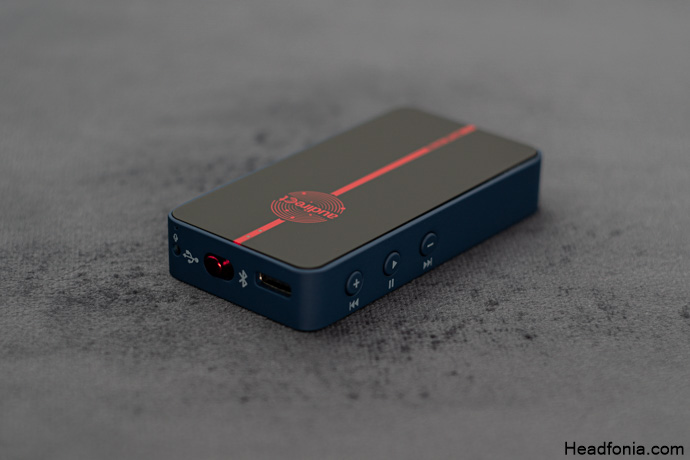
Since it is a multi-purpose device and can also be used wired, the battery life is not bad at all.
The Beam 3 Plus is firmware upgradable through USB and updating process is quite easy. The latest firmware can be found here. According to Audirect, it is very important to upgrade to this firmware because many fixes and bug fixes have been applied to the operating system of the device after the release. I reviewed the device using the latest (V3.5 at the time of this writing) firmware. Overall, the Beam 3 Plus offers a nice set of features with its integrated battery, wireless and LDAC capability.
The review continues on Page Two, after the click HERE or by using the jump below.
Page 2: Sound Signature, Wired Sound Performance, Wireless Sound Performance, Technical Capability, Comparisons, Last Words







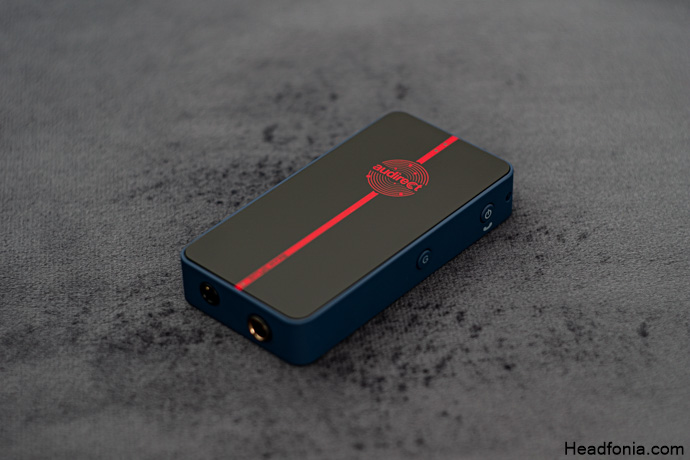
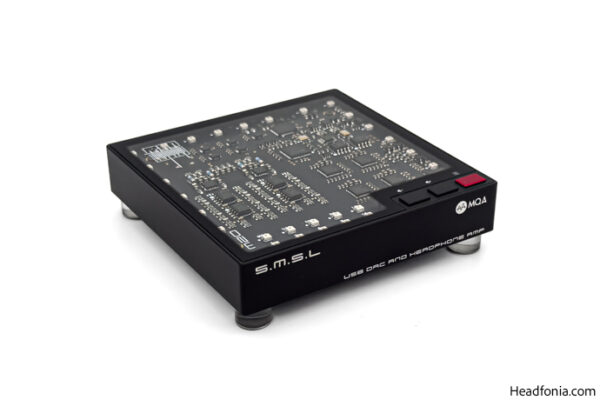
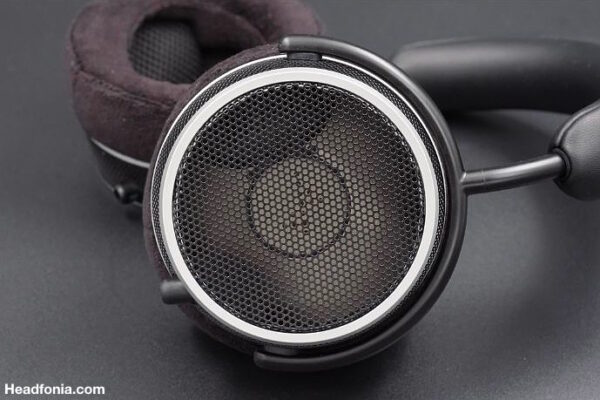
JDarQ
It’s good to see there’s more competition in the wireless dac/amp category, but have you used a cutelix before I would like to know your opinion on their wireless dac/amp
JDarQ
Qudelix*
JDarM
Nice review it’s interesting to see all of this competition in the wireless dac/amp space.
If possible I would like to see how these compare to the Qudelix Wireless dac/amp and hear your opinions about them
Yagiz
Qudelix was ok, back in 2020. The USB dongle market is too fast, new products are debuting every month. The hundred dollar mark is an important price bracket and the competition is tough. My personal bet would still be E1DA’s 9038D. However, like every hobby, this one is endless too. If you are happy with the unit you have, keep listening!
All the best,
Y